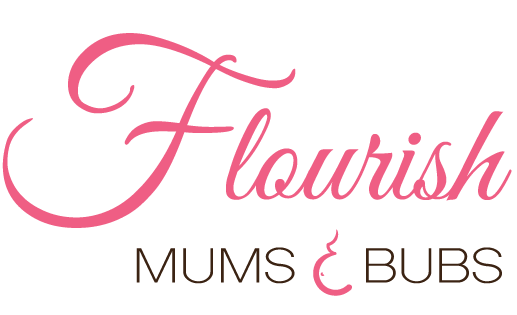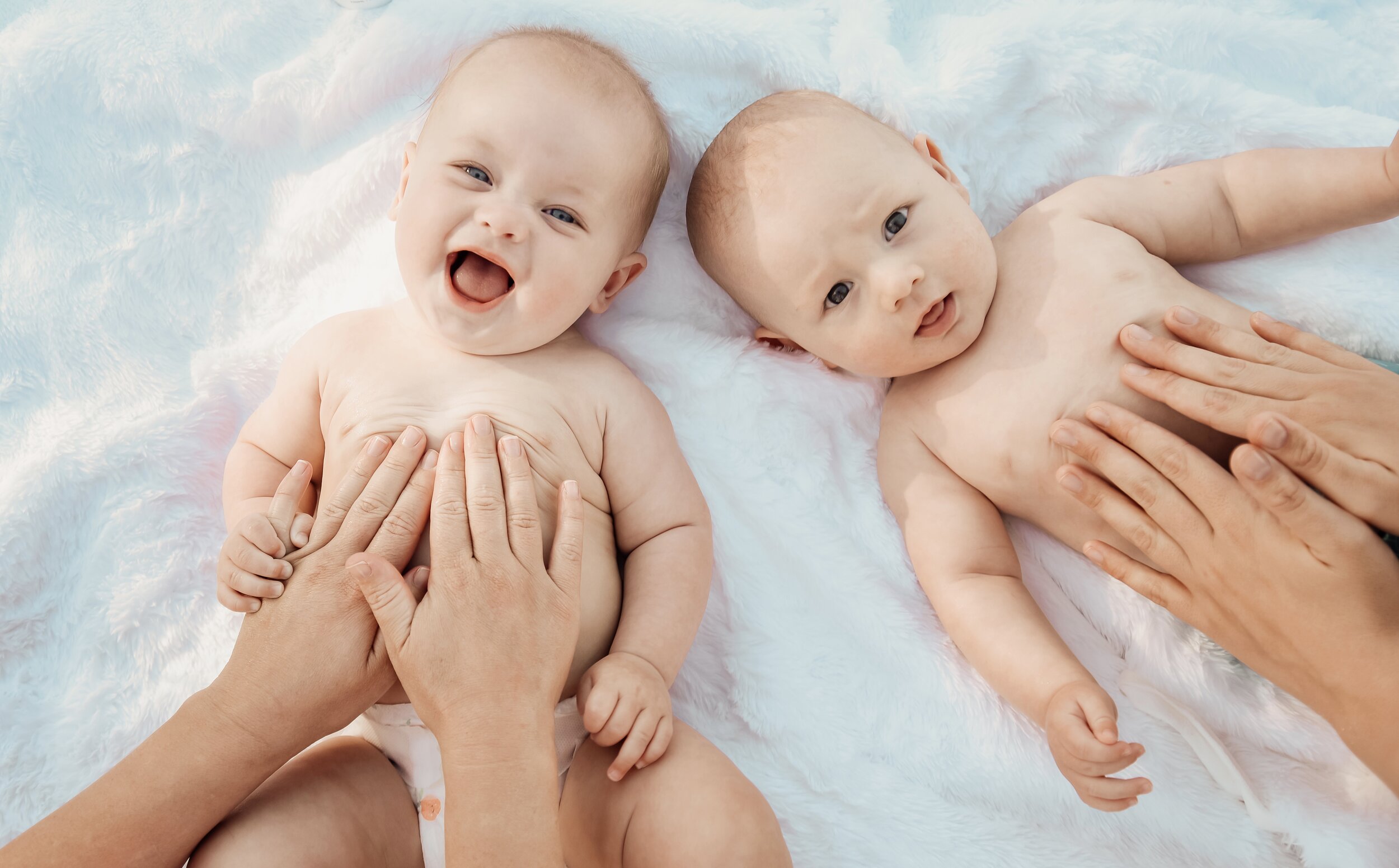Making the world a more peaceful place one baby at a time.
Baby massage is a tradition practiced by different cultures around the world. In western cultures baby massage is a relatively new concept with many more families massaging their babies every year.
So why do traditional cultures massage their babies and have continued to do so for generations? The answer to that question is quite simple. Research shows babies that are massaged daily are healthier, stronger and generally happier.
How does massage have this positive effect on a baby? Imagine If you received a massage daily which improved your digestion, helped you sleep sounder and made you feel relaxed and safe, you’d probably be feeling more positive about life too.
Why does a baby need massage? Birth is a big event for both mother and baby. Some babies experience relatively easy births and others experience different levels of stress and sometimes trauma. Even the most straight-forward birth involves the baby making a massive transition from life in water to breathing air. The baby has left the dimly lit, juicy, warm and safe space of utero into a bright, dry and quite rough textured world.
In utero during the later stages of pregnancy the baby experiences continuous sensations against their skin from the walls of the womb. Once born these familiar sensations abruptly cease. When we undress a baby in a warm environment and rub oil or natural moisturiser into their skin and massage them with smooth, rhythmic, firm strokes, we are talking to them in a language they are familiar with and trust, the language of touch. The familiarity of touch encourages babies to relax in their little bodies. They quickly learn that life is good and feel safer in the new world around them. Massage encourages babies to sleep deeper and cry less. Massage is known to build stronger immunity, digestion and cognitive development.
Some breastfeeding mothers who massage their babies daily have seen an improvement in their milk supply due to an increase in prolactin. They often feel more connected to their babies which encourages the hormone oxytocin.
I could write paragraph after paragraph about the positive changes I’ve personally witnessed in babies simply because their dedicated parents massaged them 10 minutes each day.
If you’d like to learn the full body baby massage routine, see the link at the bottom of this article to find an instructor in your area.
Meanwhile I’d like to help you to get started with some basic guidelines. Any intentional regular touch is better than no touch. Follow your instincts and intuition moving love through your hands into your baby.
Let’s get started
Massage is best done when your baby is receptive. It’s important that both you and your baby are enjoying the experience. You’ll find a time of day that works best for you and your family.
Find a warm place in your home to set up a mat on the floor. You can play soft music if desired.
I suggest you massage with a cold pressed, edible oil from a vegetable, nut or seed. Use one oil at a time to test for any skin reaction. Some mums prefer to use a favourite natural moisturiser, chemical free is important.
Massage is best done with your baby’s nappy off so you can massage the full length of muscle and lymph nodes.
Pour some oil or natural moisturiser onto one of your hands. Rubbing your hands together, hold your hands up in front of your baby and ask your baby for permission to start massaging them. This is important, it will teach your baby that people need to ask permission before touching them, a great life lesson. You will know your baby is ready to receive if they face you and interact. If they are turning away and crying, it’s not a good time for massage.
On the limbs you can stroke either direction. Strokes in the direction from the heart towards the feet are relaxing, great for preparing your baby for sleep and improving immunity. Strokes from the feet towards the heart are stimulating, beneficial for growth and building strength.
Back strokes move from the neck towards the toes. Making tummy time more fun and strengthening.
Massaging the feet stimulates reflex points which encourages better health.
Chest strokes are relaxing, a fun time to add songs and nursery rhymes. Chest and shoulder strokes may help relax tight neck muscles. If your baby prefers to only look one way this maybe a sign of tight neck muscles.
Head and face strokes are relaxing. There are lots of muscles on the face that hold tension, especially around the jaw.
Tummy massage is more effective if strokes move from your left to right, following the direction of your baby’s large intestine, guiding gas down and out. Stomach massage improves digestion and is good for relieving colic and constipation.
Once you feel confident massaging your baby you can add nursery rhymes and songs to your massage routine cognitive development.
Most importantly have fun massaging your baby. Once you have a massage routine you could teach your partner how to massage his/her baby. A wonderful way for the working parent to connect with their baby at the end of the day.
I hope this article gives you some insight into why these cultures have continued to massage their babies from one generation to the next. I imagine it’s as simple as this, “if it works don’t stop doing it”.
If you’d like to learn the full course of baby massage please contact:
Jodi Atkinson, IMA certified instructor.
jodi@flourishmumsandbubs.com.au
Offering in person, one on one classes and group workshops.
Zoom classes are available, please email for bookings.
https://www.flourishmumsandbubs.com.au/
https://www.flourishmumsandbubs.com.au/infant-massage-classes-sunshine-coast-brisbane
Follow the link below for Infant Massage Australia ( IMA) instructors Australia wide.


